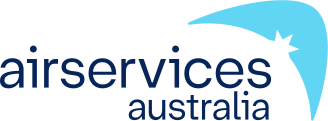Sunshine Coast noise abatement and fly neighbourly
Noise Abatement Procedures
Every major airport has Noise Abatement Procedures (NAPs), which are procedures designed to reduce the impact of aircraft noise on the community. There are some limitations to the use of NAPs and they may not be used if they generate delay and congestion, as this can cause noise and emission impacts. Air traffic control or pilots may not be able to use them in certain situations, for example weather conditions or operational requirements.
Under the NAPs, the preferred runway for jet aircraft at Sunshine Coast Airport is Runway 31 for landing and Runway 13 for take-off.
During the operating hours of the air traffic control tower, controllers will determine the runway direction in accordance with operational requirements and other factors, such as the NAP.
When the tower is closed, the pilot will determine the best runway to use and will take consideration of any request by airport management. When operationally possible to do so, they will also apply the NAP.
The NAPs also specify that aircraft above 5,700 kilograms in weight, should track via approved flight paths when arriving and departing the airport.
Between the hours of 11pm and 5:30am, aircraft above 5,700 kilograms require prior approval from Sunshine Coast Airport to land or take-off from the airport.
Aircraft below this weight do not require prior approval and are permitted to operate at any time.
Further information on overnight operations, including reports, can be found on the Sunshine Coast Airport website.
Fly Neighbourly Agreements
Fly Neighbourly Advice or Fly Neighbourly Agreements are voluntary agreements established between aircraft operators and communities or authorities (normally airports or local councils) to assist in reducing the impact of aircraft noise on local communities. Sunshine Coast Airport has a voluntary Fly Neighbourly Program which encourages pilots to fly in a noise sensitive way whenever possible.


